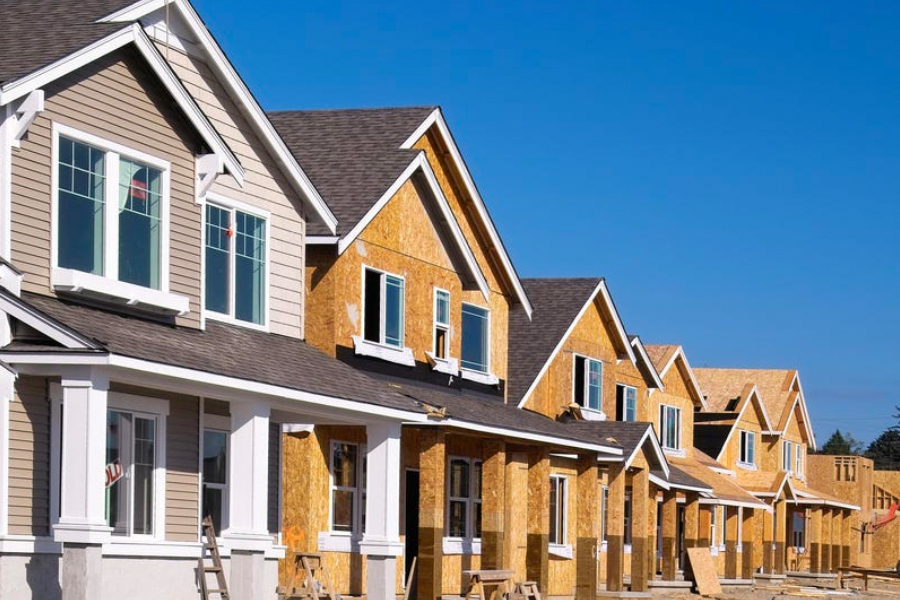Fall Updates: How’s The Housing Market Right Now?

In the fall of 2022, we’re still seeing interest rate hikes coming from the Fed, bringing many people’s new mortgage loan applications an even higher rate than was seen during the summer. It’s leading people to wonder whether we’ve fully exited the prolonged sellers market of 2020 and 2021, or if we’re in a new reality that isn’t consistently a hot or a cool market. How to cope with the stressful experience right now of not being sure whether or not to sell? Throughout the country, the impact of increasing mortgage rates is being felt inconsistently, especially as institutional investment in rental properties cannot be ignored.
Impact of steady mortgage interest rate increases is felt in less-in-demand areas most
Demand for homes in the United States was so intense over the past two years that nearly every market saw at least a small increase in home values. However, the areas that are in the least demand, where folks aren’t particularly interested in moving, are most impacted when mortgage interest rates rise. In these markets, a home that would have received 1 or 2 at-asking offers before might be seeing no interested parties or only one or two lower offers. There is likely to be more room to negotiate, have inspections, and in general give the buyer an advantage.
This is starting to happen in more and more markets, since individuals who need to borrow to buy a home can afford less house overall when they need to pay higher interest rates. For some, these interest rate increases are making them leave the buying market entirely, which means fewer people bidding per appropriate home listing in that market.
Desireable areas with low inventory are a lagging sector with many bidding wars still happening
That being said, the complicating factor is that housing is a necessary part of most people’s lives, so demand stays at least somewhat high no matter what. Add to that the fact that inventory is very low in many markets. Many factors contribute to low inventory, but a particularly challenging situation is the rise of short-term rental properties that remove homes from the typical long-term-renter-or-owner-occupant pool. When a home is only used for short-term rentals, it effectively makes the amount of homes available smaller. In high-demand markets for tourism, cash offers from investors often win out over applicants who need a mortgage.
This low inventory means that some prospective buyers who are frustrated after losing bids for homes will just stay in the market and keep trying, even as interest rates rise. The other issue is that every buyer who drops out of the running for homes is still likely to need a place to live, providing pressure to create plenty of rental properties in a community. The combination of all of this is a market that is still quite expensive for most renters and primary-residence buyers, with only a long-term increase in available housing options likely to cool it off in a meaningful way. Increasing mortgage rates make a dent, but too many other factors are involved for the whole market to quickly and definitively turn into a buyer’s market.
Leave a Reply
You must be logged in to post a comment.

















Leave a Reply